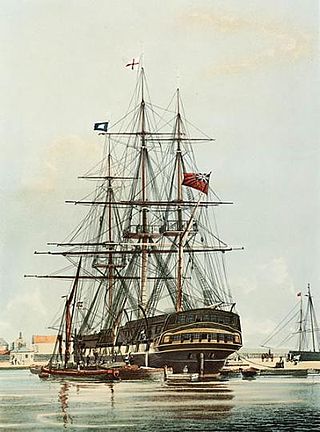External links
-
 Media related to Ships named Blenheim at Wikimedia Commons
Media related to Ships named Blenheim at Wikimedia Commons
A number of sailing ships have been named Blenheim:

East Indiaman was a general name for any sailing ship operating under charter or licence to any of the East India trading companies of the major European trading powers of the 17th through the 19th centuries. The term is used to refer to vessels belonging to the Austrian, Danish, Dutch, English, French, Portuguese or Swedish companies.
Many vessels have held the name of Diana. They include:
Four ships of the Royal Navy have borne the name HMS Hinchinbrook.
Britannia may refer to any one of a large number of ships:

Several vessels have been named Thames, for the River Thames:
A number of vessels have been named Alexander:
Numerous vessels have borne the name Coromandel, named for the Coromandel Coast.

A number of ships have been named Duke of York after numerous holders of the title of Duke of York :
A number of sailing ships have been named Queen Charlotte.

A number of sailing ships have been named Eliza.
Several ships have borne the name Caledonia for Caledonia:
Blenheim may have been launched in 1776 in Philadelphia as Britannia. By 1777 she was the Massachusetts-based privateer American Tartar and had taken several prizes. She had also participated in an inconclusive single-ship action with a British merchantman. The British Royal Navy captured American Tartar late in 1777 and she became HMS Hinchinbrook. The Royal Navy sold her in 1783 and she became the West Indiaman Blenheim. In 1785-86 she became a Greenland whaler and she continued in that trade until two French frigates captured and burnt her in 1806.
Several vessels have been named Prince George:
Several vessels have been named Princess Charlotte for one of the many Princesses Charlotte:
Several vessels have been named Tartar:
Several vessels have been named Prince Regent for George IV, of England, who was Prince regent from 1811 to his accession to the throne in 1826: